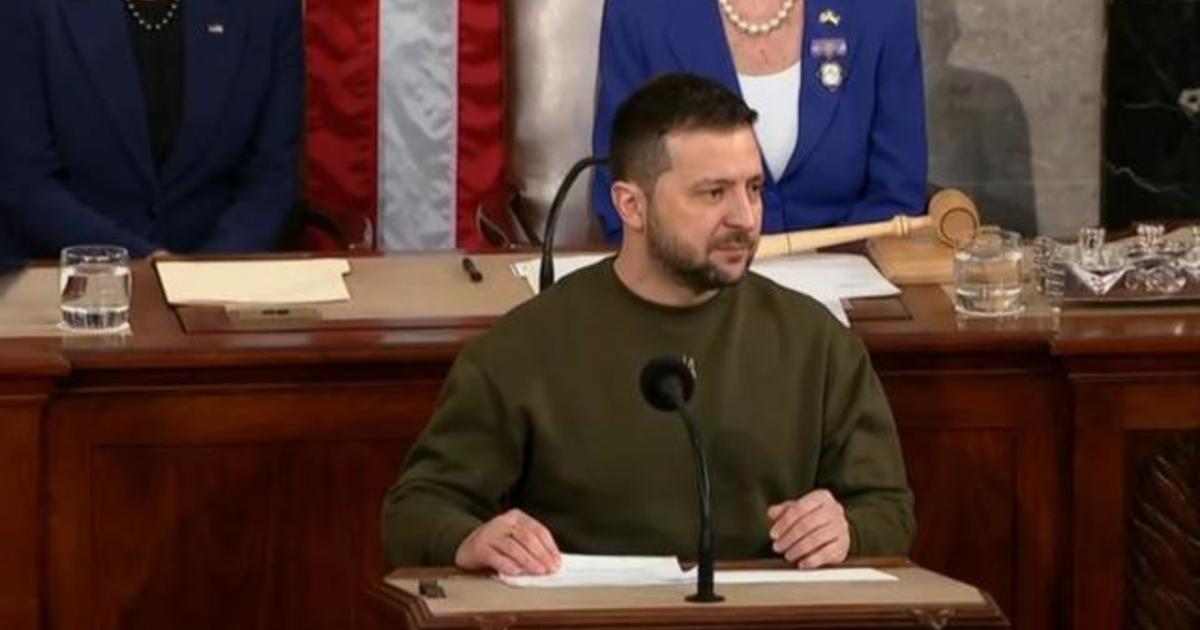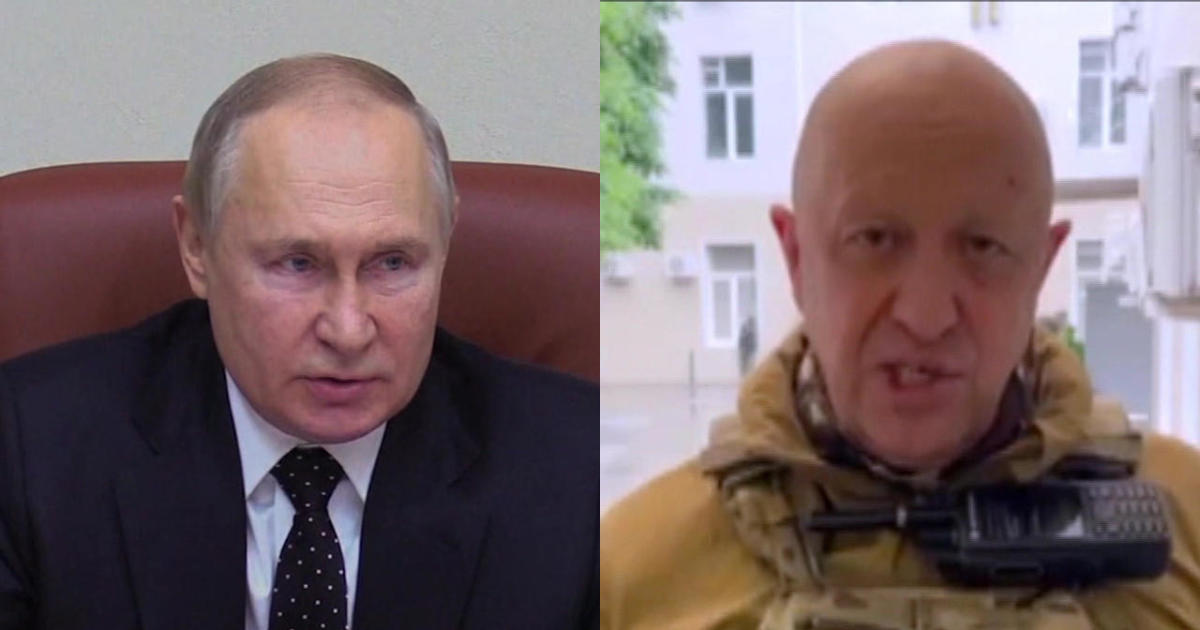Why military aid in Ukraine may not always get to the front lines
Editor's note: This article has been updated to reflect changes since the CBS Reports documentary "Arming Ukraine" was filmed, and the documentary is also being updated. Jonas Ohman says the delivery has significantly improved since filming with CBS in late April. The government of Ukraine notes that U.S. defense attaché Brigadier General Garrick M. Harmon arrived in Kyiv in August 2022 for arms control and monitoring.
In a war being fought largely in World War II era trenches, with Soviet ammunition, the vast influx of modern NATO weapons and military supplies from the West into Ukraine has proven to be among the largest determinants of whether territory is lost, or gained, along Ukraine's embattled border region with Russia.
The bulk of these weapons and military supplies make their way to the border of Poland, where U.S. and NATO allies quickly ferry it across the border and into the hands of Ukrainian officials.
Jonas Ohman is founder and CEO of Blue-Yellow, a Lithuania-based organization that has been meeting with and supplying frontline units with non-lethal military aid in Ukraine since the start of the conflict with Russia-backed separatists in 2014. Back in April, he estimated that just "30-40%" of the supplies coming across the border reached its final destination. But he says the situation has significantly improved since then and a much larger quantity now gets where it's supposed to go.
The government of Ukraine notes that U.S. defense attaché Brigadier General Garrick M. Harmon arrived in Kyiv in August 2022 for arms control and monitoring. CBS News has reached out to Harmon for an interview.
The United States has committed over $23 billion in military aid to Ukraine since the start of the war at the end of February, according to the Kiel Institute for the World Economy, which has been tracking global commitments of aid to Ukraine. The United Kingdom has committed $3.7 billion, Germany $1.4 billion, and Poland $1.8 billion, with multiple other countries following suit.
A combination of Ukraine's constantly shifting front lines with its largely volunteer and paramilitary forces has made delivery of the military aid difficult for those attempting to navigate the dangerous supply lines to their destination. Some have raised concerns about weapons falling into Ukraine's black market, which has thrived on corruption since the collapse of the Soviet Union.
Ohman relies largely on unofficial channels to deliver his supplies, which can include anything from night-vision scopes and radios to Kevlar vests, ballistic helmets and modern drones, which have proven to be essential eyes in the sky for breaking through stalemates on the battlefield. His group's status as an NGO does not permit him to deliver "lethal weapons."
"There are like power lords, oligarchs, political players," Ohman said in April, describing the corruption and bureaucracy he had to work around.. "The system itself, it's like, 'We are the armed forces of Ukraine. If security forces want it, well, the Americans gave it to us.' It's kind of like power games all day long, and so eventually people need the stuff, and they go to us."
Andy Millburn is a retired U.S. Marine colonel who served in Iraq and Somalia and recently founded the Mozart Group, a company dedicated to training frontline Ukrainian soldiers. He traveled to Ukraine after the Russian invasion and set up a base in the capital Kyiv.
"If you provide supplies, or a logistics pipeline, there has got to be some organization to it, right? If the ability to which you're willing to be involved in that stops at the Ukrainian border, the surprise isn't that, oh, all this stuff isn't getting to where it needs to go — the surprise is that people actually expected it to," said Millburn.
"If United States' policy is to support Ukraine in the defense of its country against the Russian Federation, you can't go halfway with that. You can't create artificial lines. I understand that means that U.S. troops are not fighting Russians. I understand even U.S. troops are not crossing the border. But why not at least put people in place to supervise the country? They can be civilians to ensure that the right things are happening," he said.
In July, Ambassador Bonnie Denise Jenkins, Under Secretary for Arms Control and International Security at the U.S. State Department, said "the potential for illicit diversion of weapons is among a host of political-military and human rights considerations."
But she added, "We are confident in the Ukrainian Government's commitment to appropriately safeguard and account for the U.S.-origin defense equipment."
Ukraine has created a temporary special commission to track the flow of weapons inside the country. But still, weapons experts say they have seen situations like this before.
"Every country and every situation is very different, but certainly if I look back, Iraq is another country where there have been cyclical deliveries. We saw a lot of weapons come in 2003 with the U.S.-led invasion of Iraq, and then 2014 happened when ISIS took over large parts of the country and took over large stocks of weapons that had been meant for Iraqi forces," said Donatella Rovera, a senior crisis adviser for Amnesty International who has been monitoring human rights violations in Ukraine.
"More recently, we saw the same situation occur in Afghanistan," she said of the U.S. withdrawal and Taliban takeover of the country. "Oversight mechanisms should be in place to avoid that."
"That's one of the reasons we have to win the war," said Ohman. "If we lose the war, if we have this kind of gray zone, semi-failed state scenario or something like that. If you do this — you funnel lots of lethal resources into a place and you lose — then you will have to face the consequences."
for more features.





